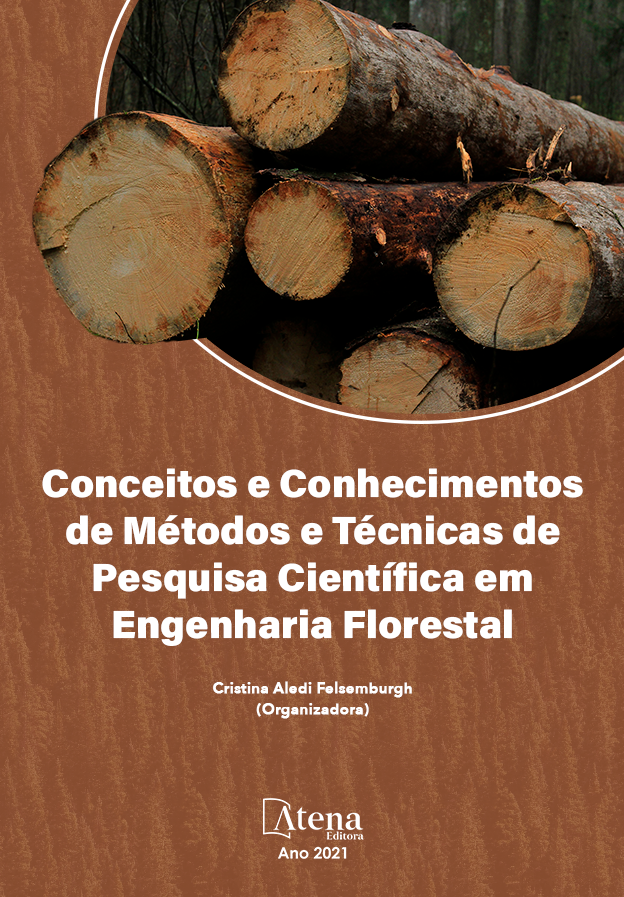
Analysis of chloroplastidial sequences of cold-tolerant Eucalyptus and Corymbia specie
The genus Eucalyptus and Corymbia comprises species planted worldwide, thus genetic characterization of eucalypt species has raised the interest from many researchers. The aim of this study is to analyze the evolutionary dynamics and phylogeny of nine cold-tolerant eucalypt species sequencing regions of chloroplast DNA. We found a total of 175 mutations, most classified as single nucleotide polymorphism (SNPs). The species Eucalyptus badjensis and Eucalyptus benthamii presented a identical insertion of 25-bp, whereas Eucalyptus platyphylla, Eucalyptus tereticornis and Eucalyptus robusta presented a mutation of 28 bp. We also found a high mutation rate in Corymbia torelliana and Corymbia eximia, presenting large taxonomic differences with the genus Eucalyptus. Phylogenetic analysis revealed three different phylogeographic groups, being C. torelliana in a different group. The JLA region was informative for polymorphisms, becoming an important tool as a molecular marker. Therefore, these results may be very useful for genetic breeding and conservation genetics programs.
Analysis of chloroplastidial sequences of cold-tolerant Eucalyptus and Corymbia specie
-
DOI: 10.22533/at.ed.2772113017
-
Palavras-chave: SNPs, polymorphism, in silico analysis, frost
-
Keywords: SNPs, polymorphism, in silico analysis, frost
-
Abstract:
The genus Eucalyptus and Corymbia comprises species planted worldwide, thus genetic characterization of eucalypt species has raised the interest from many researchers. The aim of this study is to analyze the evolutionary dynamics and phylogeny of nine cold-tolerant eucalypt species sequencing regions of chloroplast DNA. We found a total of 175 mutations, most classified as single nucleotide polymorphism (SNPs). The species Eucalyptus badjensis and Eucalyptus benthamii presented a identical insertion of 25-bp, whereas Eucalyptus platyphylla, Eucalyptus tereticornis and Eucalyptus robusta presented a mutation of 28 bp. We also found a high mutation rate in Corymbia torelliana and Corymbia eximia, presenting large taxonomic differences with the genus Eucalyptus. Phylogenetic analysis revealed three different phylogeographic groups, being C. torelliana in a different group. The JLA region was informative for polymorphisms, becoming an important tool as a molecular marker. Therefore, these results may be very useful for genetic breeding and conservation genetics programs.
-
Número de páginas: 13
- Marcos Rafael Amâncio
- Lucas Fernandes Rocha
- Alexandre Techy de Almeida Garrett
- Daniel Barletta Sulis
- Andrea Nogueira Dias
- Evandro Vagner Tambarussi


